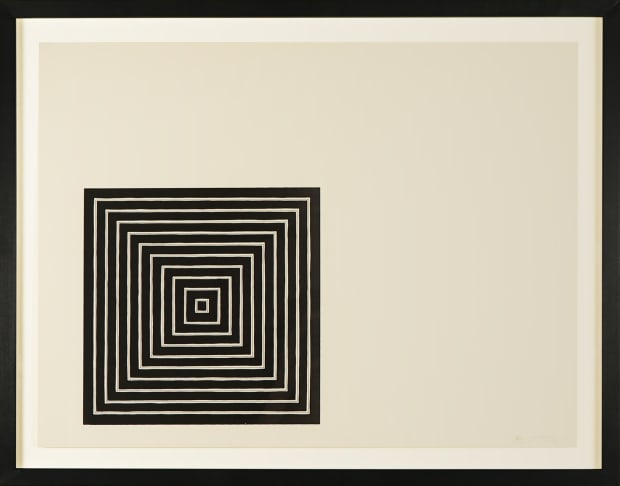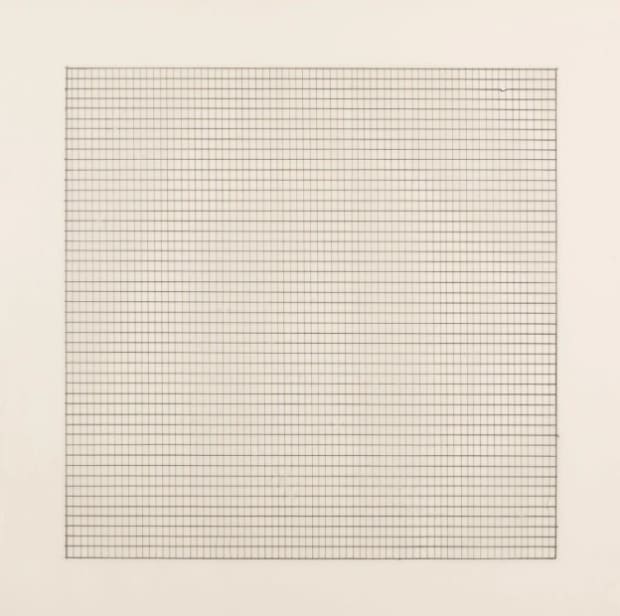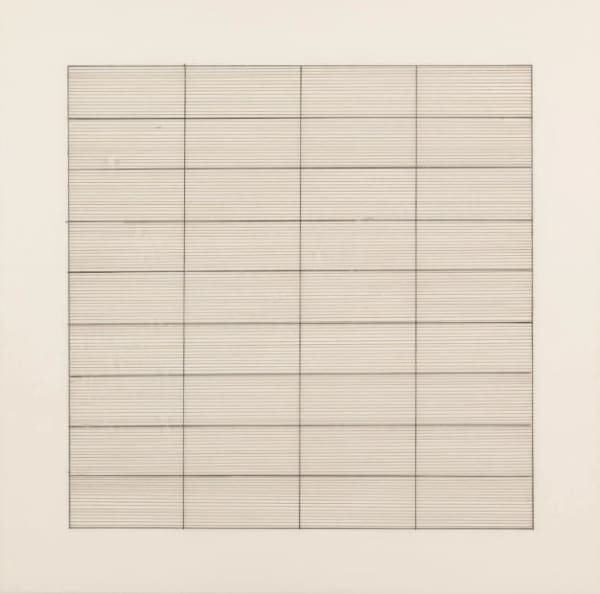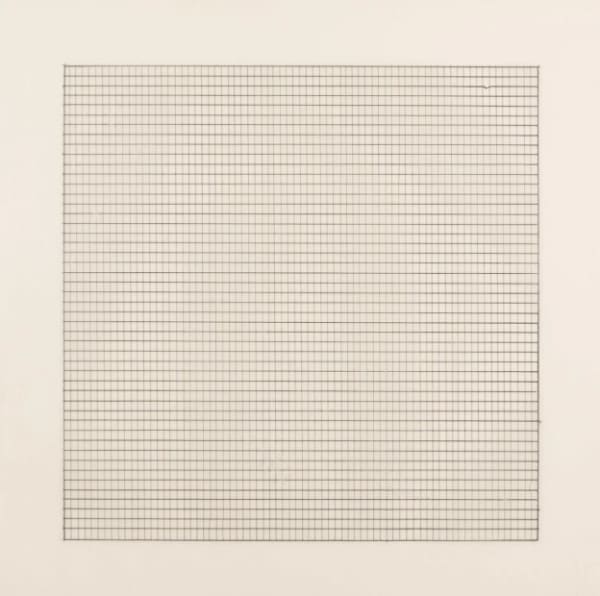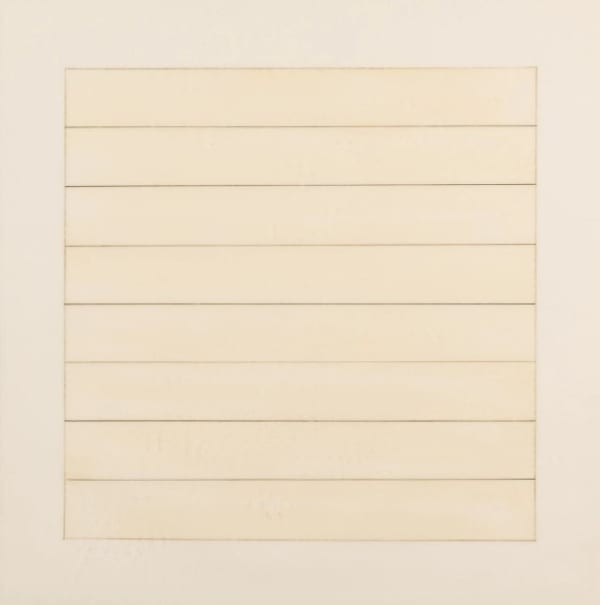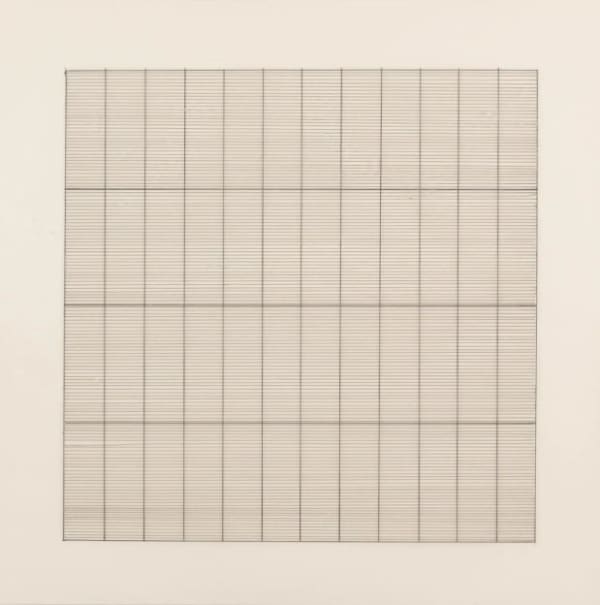-
Three artists in Hidden’s collection shaped 20th century minimalist art: Josef Albers, Frank Stella and Agnes Martin. Together, their careers span continents and schools of thought—from the revolutionary Bauhaus in Germany to the expansive skies of New Mexico. In this article, we examine the life and work of these genre-defining artists.
-
-
-
-
The wide variety of artistic styles, genres and movements in Art History reflect the diversity of human nature: some artworks are bold, expressive and unapologetically loud—while others are more quiet, meditative, and contemplative.
Minimalist artworks might not shout as loudly as their abstract expressionist cousins, but over the 20th century, Albers, Stella and Martin nonetheless revolutionised the History of Modern Art, inviting us to slow down, look closely and find strength in simplicity.
-
Browse our Minimalist works...
Hand curated just for you
Subscribe to receive our weekly newsletter.
Be the first to know about new artwork, exhibitions, events and offers.
* denotes required fields
Sign up now to get exclusive early access to new inventory before it hits our website. As a subscriber, you'll also receive advance notice about upcoming art fairs, events, and special offers. You can read our privacy policy here.









